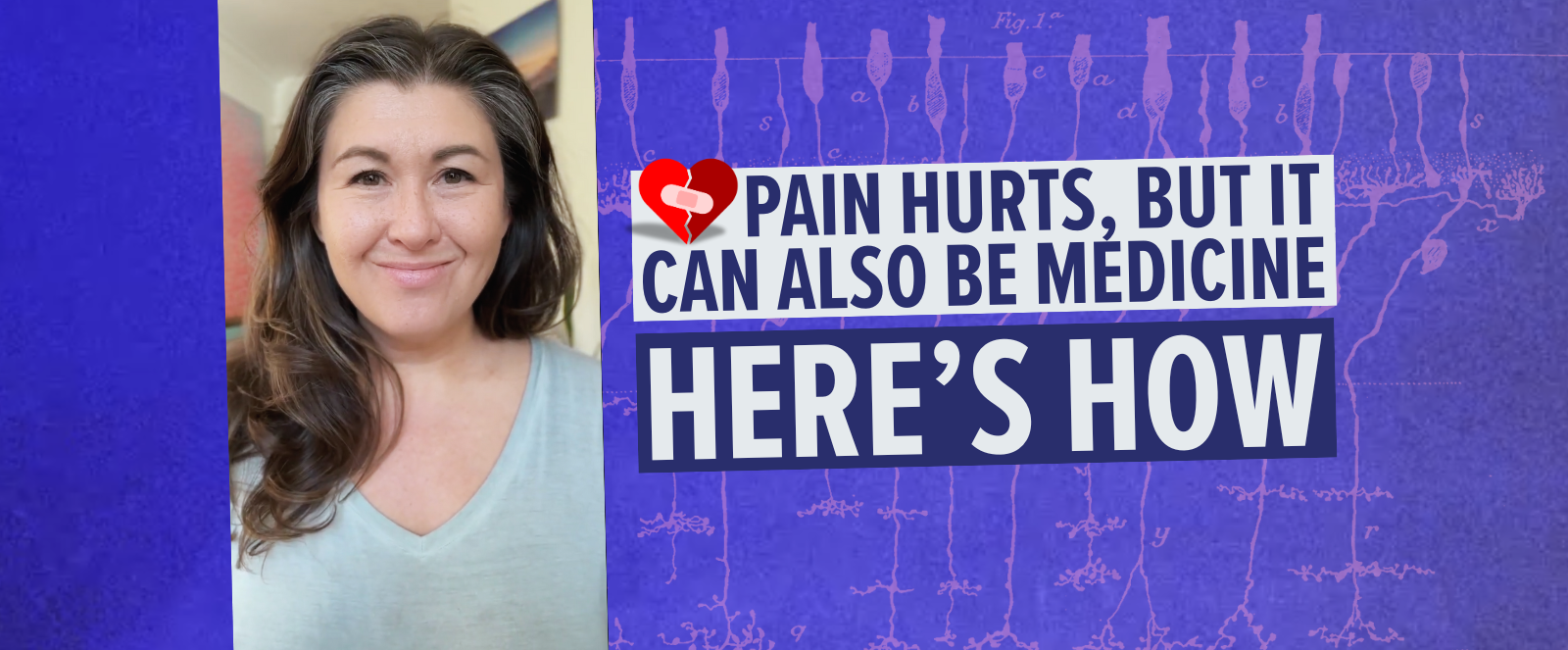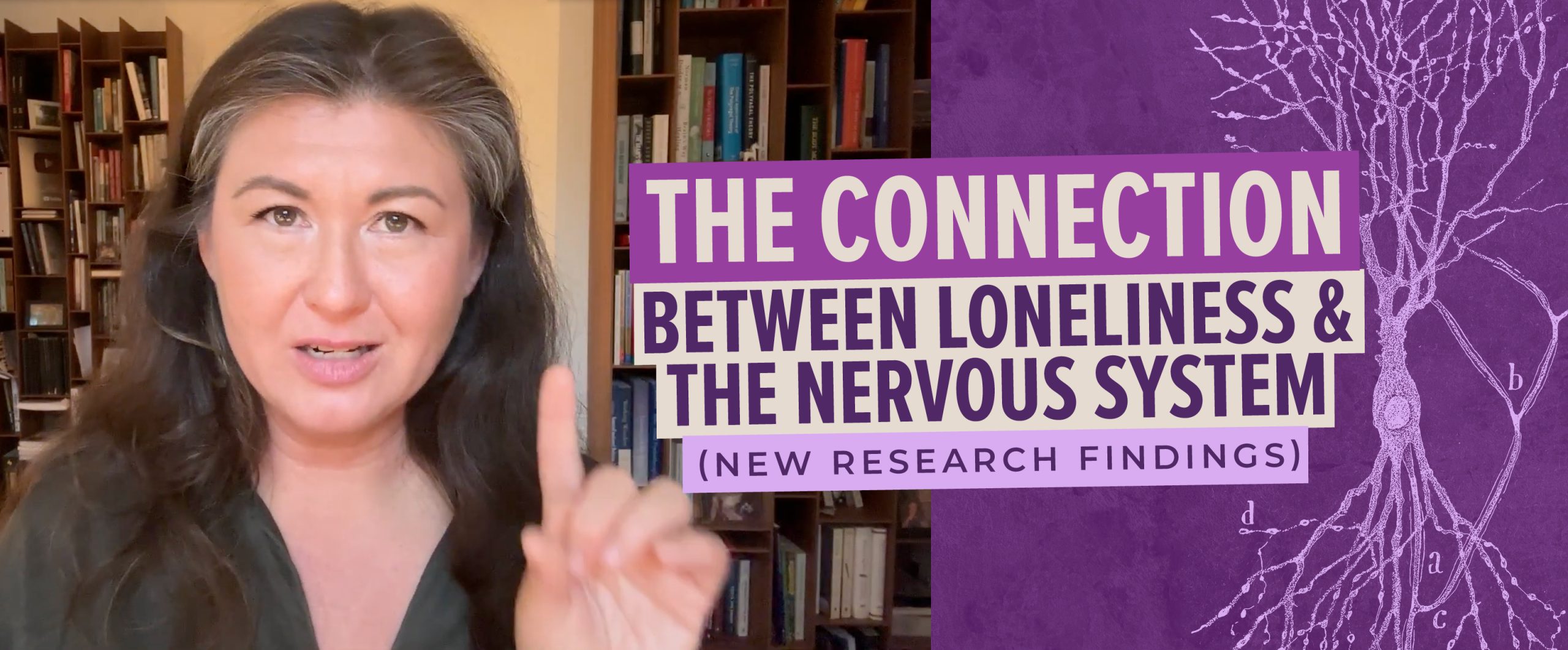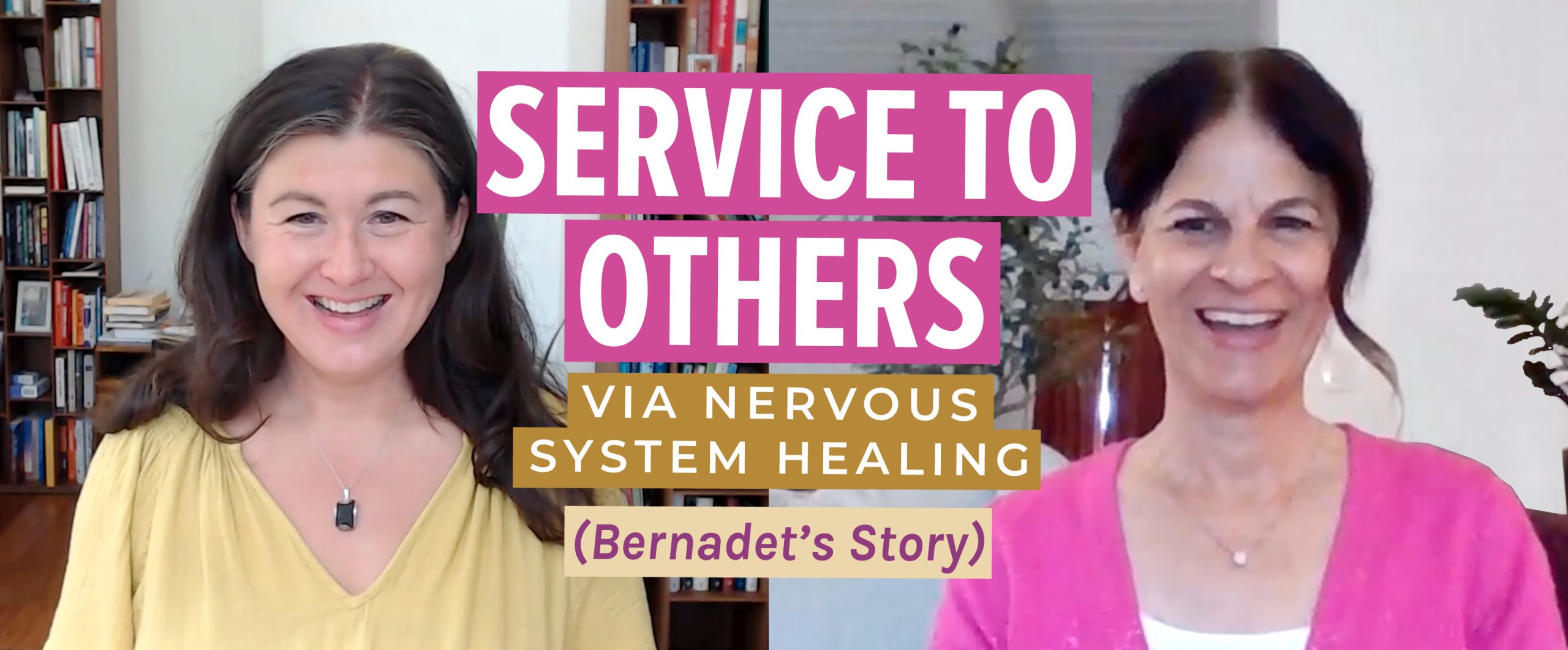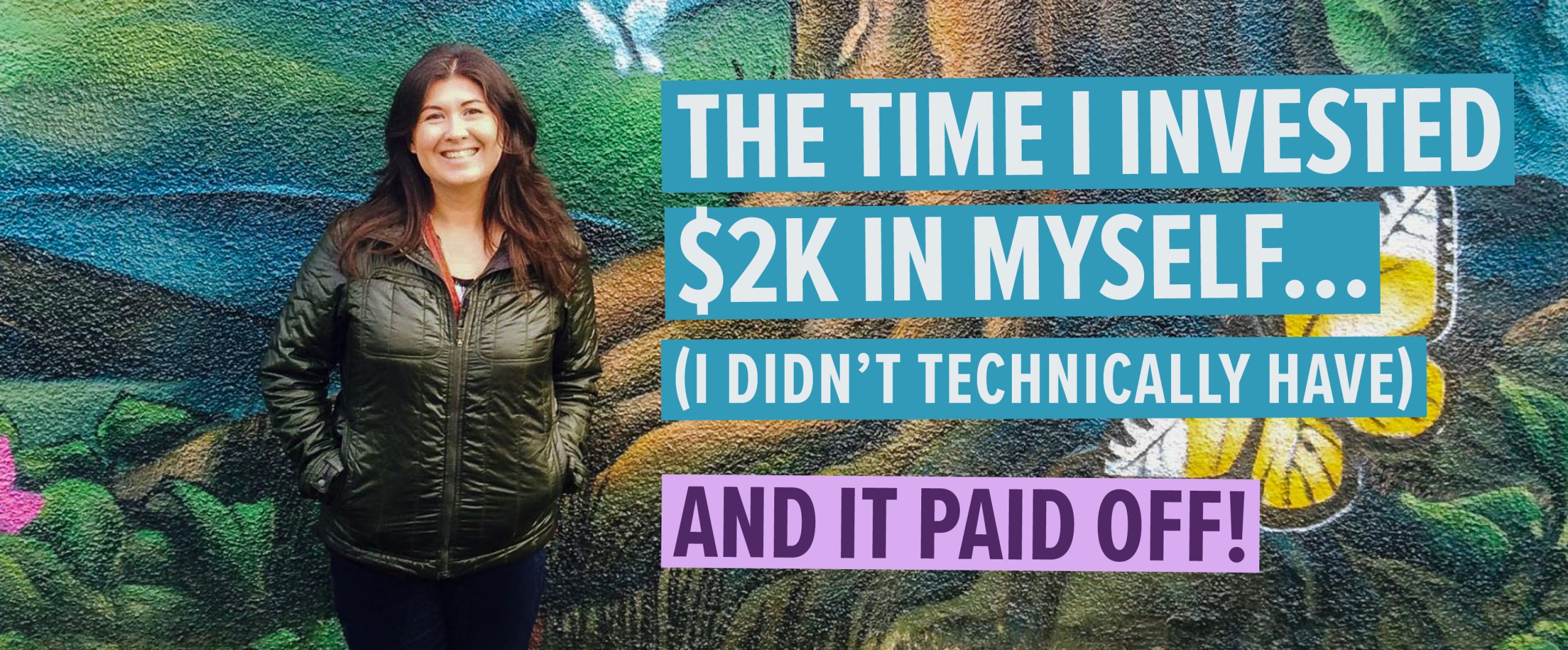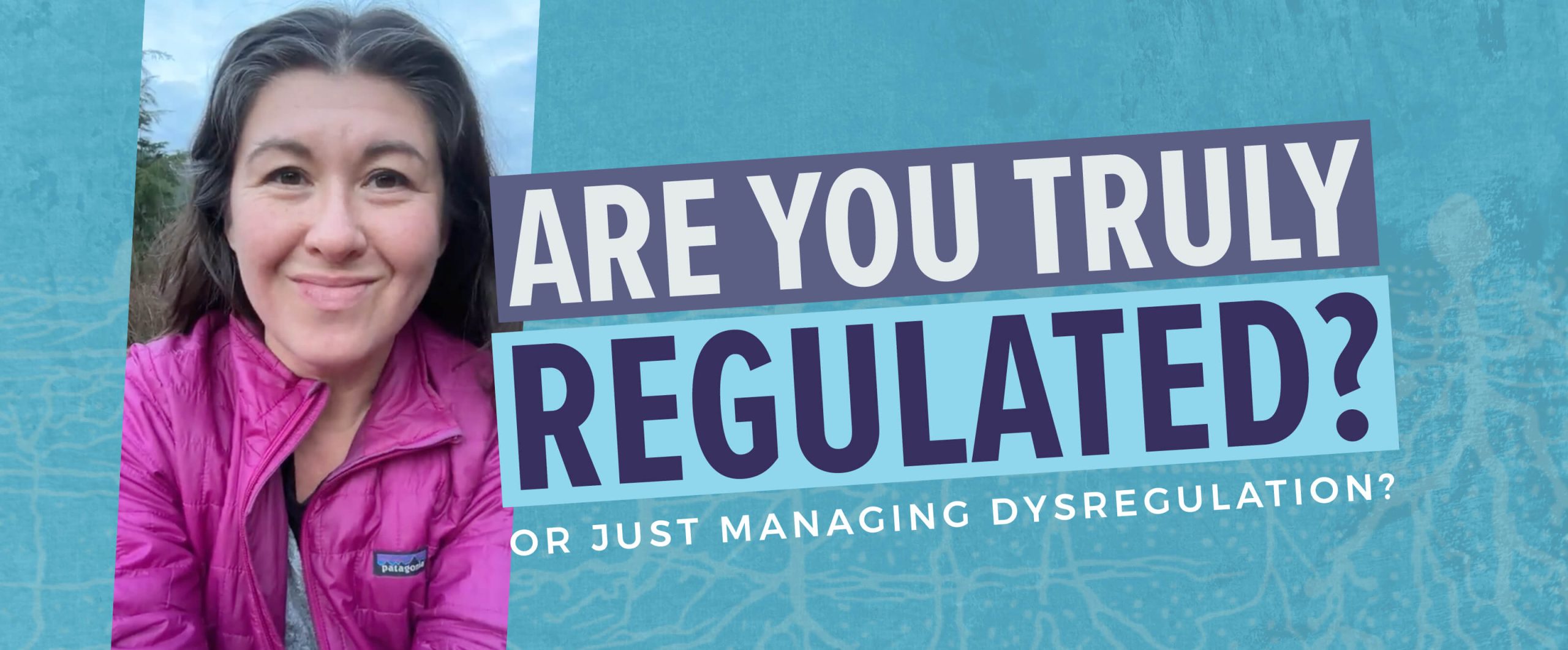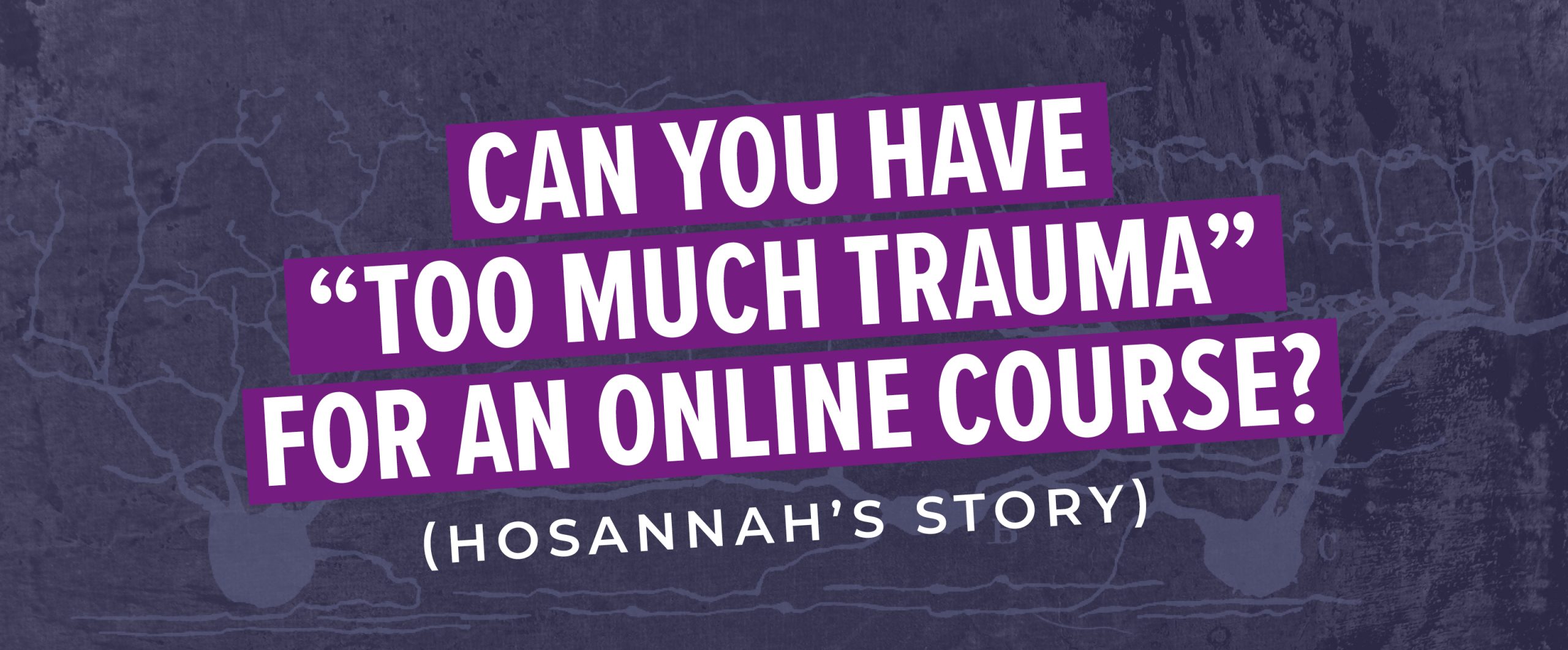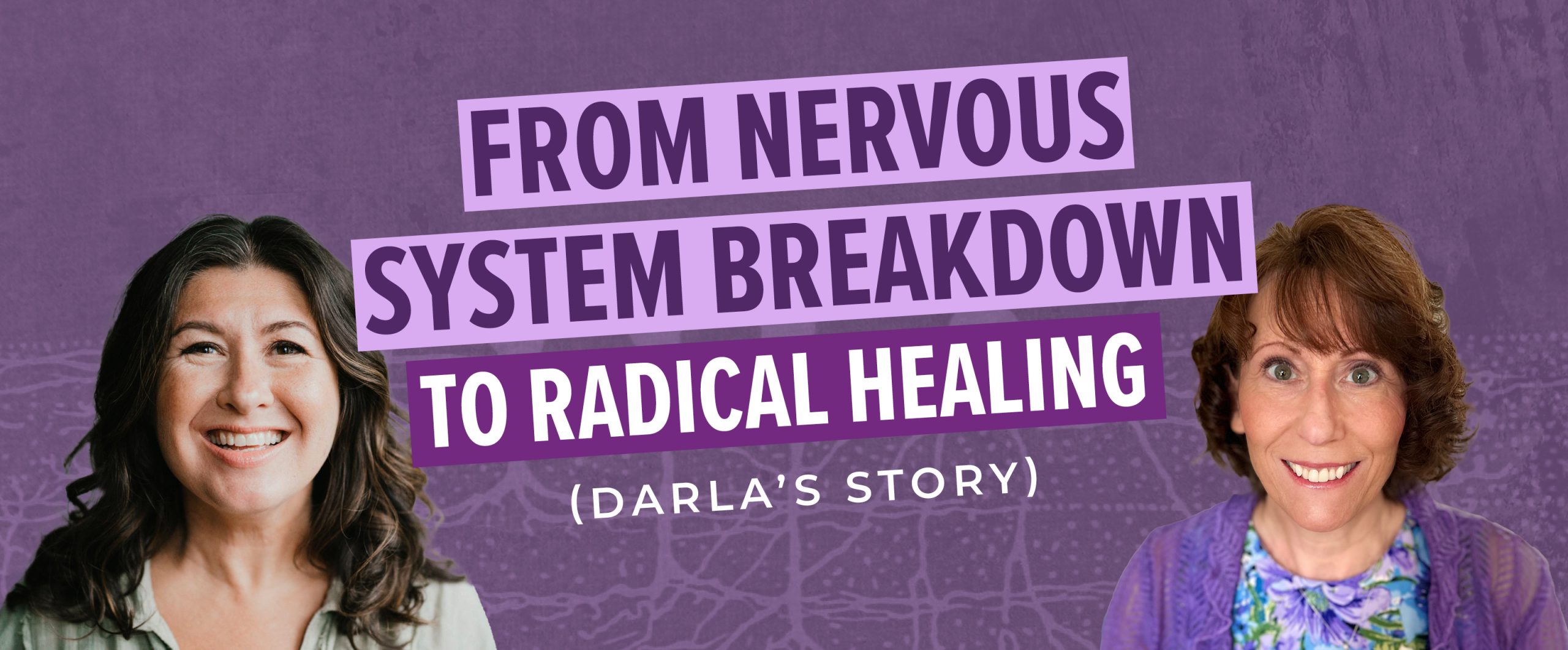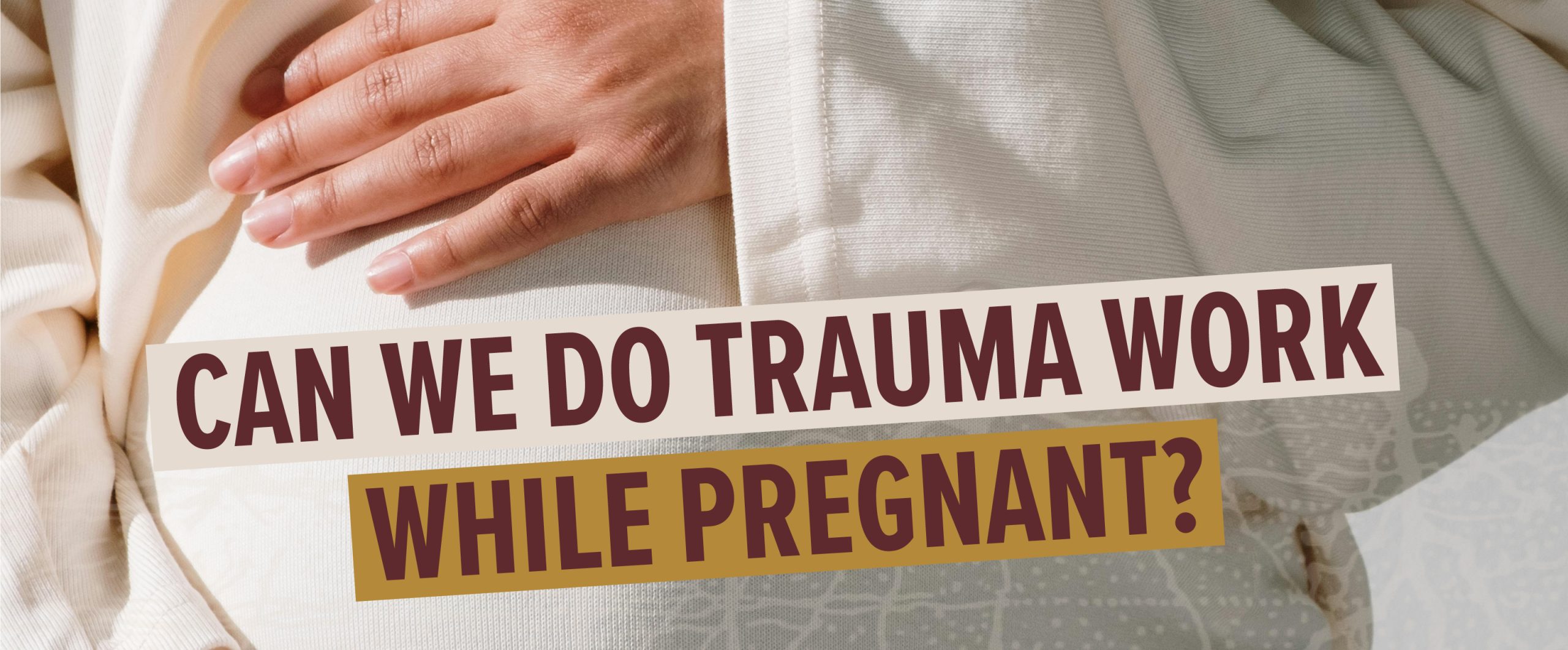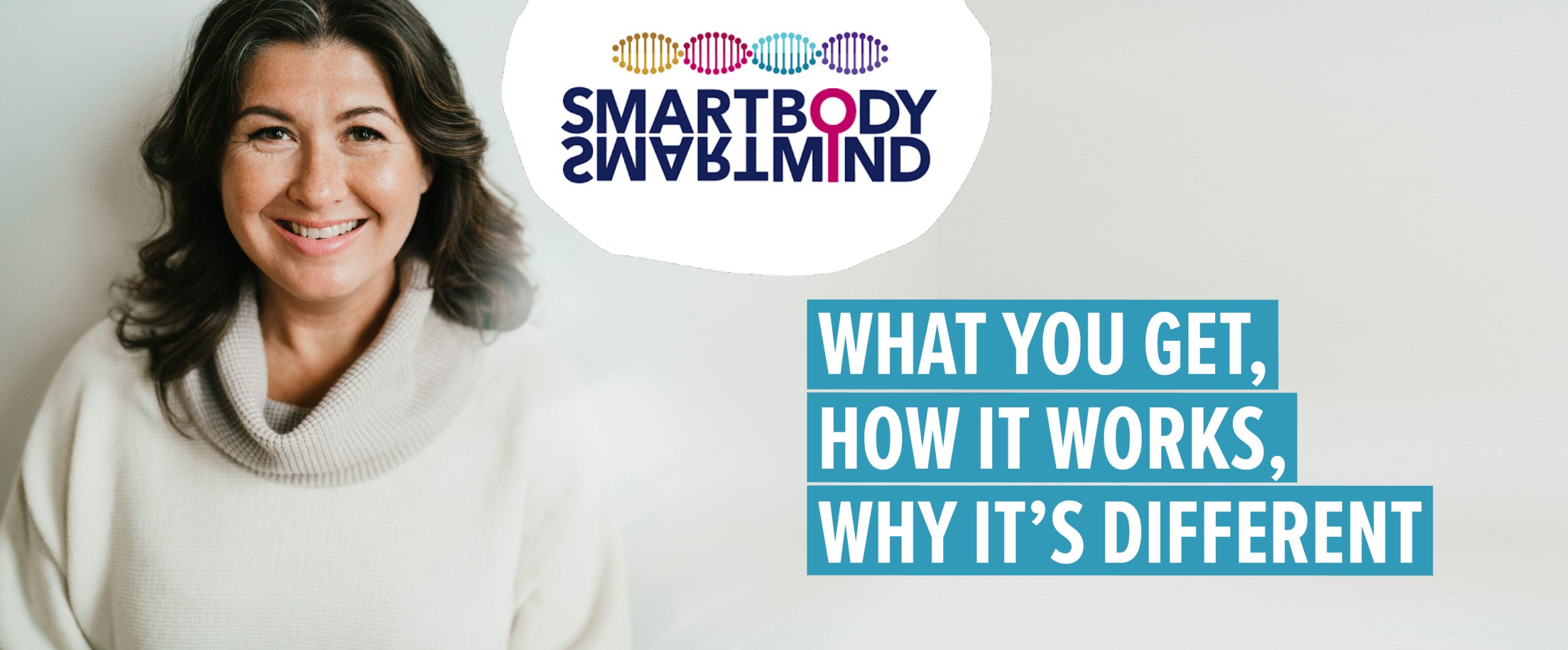Day after day I’m seeing real life scenarios in my private practice that back-up a study – The ACE Study – that showcases the prevalence of adverse childhood experiences (ACE) and it’s role in adult disease and illness.
WARNING – For some this might hit close to home.
This passage below is courtesy of a client who just gave me her weekly check-in for the week, meaning her insights around growing up and the way in which she experienced her own adverse childhood experiences:
“Also memory of my mum out chatting with her friend after her friend brought us home from school. Chris, my brother, eats biscuits and drops crumbs over floor. Mum comes in and blows up, face red, fuming mad because of the crumbs (totally inappropriate reaction). We get lined up against the wall. Her screaming, Chris saying, “I didn’t do it mummy but I will clean it up for you” (yes he was a manipulative little boy). She decides as the crumbs are from shortbread she bakes and are the ones I liked, my favorite (Chris’s favorite was chocolate fudge ones), that I did it, so I get grabbed by the arm pulled violently away from the wall, she pulls my pants down (yes they did that humiliating thing of pulling your pants down) and smacked me 2-3 times, with me wriggling to pull myself away but she has a hold of my arm. Then handed the dustpan to brush it up as I cried with pain and Chris is standing behind her grinning when she is not looking. I feel awful. Once again I am punished over food. It is interesting that I’ve never had a favorite food.”
You could say this above memory is extreme, but it actually isn’t.
This kind of thing happens all the time in seemingly “good” households.
Parents and caretakers do strange and disturbing things when they have been harmed as children and never had a chance to break the cycle and heal their nervous system wounds, like my clients do when they work with me.
I’ve had friends recount stories to me of not being allowed to go to the bathroom in grade school and have had awful and embarrassing accidents for such ridiculous reasons as, “Only one person is allowed to go at a time”, or “You should’ve gone at the break” – and then the teacher shames and ridicules them in front of the class for not being able to control their bodily responses.
This is messed up.
It’s all about breaking the cycle.
We must break these crazy cycles of subtle abuse.
This kind of mistreatment harms us in ways that are so subtle, yet completely challenge our capacity to truly be in our world with freedom and ease. For me, this is on par with big worldly issues such as climate change and changing education paradigms.
Here are a few true anecdotes from my life/practice that I’d love to share:
: I was talking to an old friend from high school the other night and they admitted that they never realized until now how much the alcoholic nature of their dad actually affected them.
: I was talking to a client about the connection between the high incidence of cancer and illness amongst their siblings and the abusive household that they grew up in and how this early childhood experience can actually be the root cause of the cancer, an affliction that doesn’t run in their family.
: Another client is reclaiming her life – from chronic fatigue syndrome – after an upbringing of high intense athletic gymnastic competition that was coupled with zero tolerance for the display of physical and emotional pain during her training years (I often wonder how many ex-Olympic athletes have chronic conditions of pain and disability as a result of their body never being allowed to heal, or scream out in pain when the injuries would happen?).
: A classic example that most people can relate to because they’ve seen it, done it or have had it done to them, is the good old fall off the bicycle – where our parents tell us that we are OK and that it isn’t that bad.
Actually mom, it IS that bad thank you very much!
It hurts to fall off that bike, and these tears are real. They aren’t fake. It does hurt.
I actually witnessed this happen right in front of my eyes this past summer when a friend’s child had just hurt her leg after falling on a concrete step. It was bleeding and already turning black and blue within seconds of the fall. The poor thing started to scream and cry out and was actually responding the way any normal human would to such a fall. I started to tell her to let the cries out, and that I was there but, before I could guide this little accident into a healthy recovery that allowed her to feel the pain and cry until she felt better, the nanny runs up to her and says:
“Oh, you are fine. Stop crying, it’s going to be OK. Get up! Let’s get inside and put away our things. It’s a good thing it was you and not me cause I wouldn’t be as brave as you.”
This is simply bullshit. It is abuse.
Let the kid cry. She is hurt and who are you to tell her it is fine.
What is sad to me is that when we got inside, I said to the kid “It’s OK if you still need to cry, it will make it feel better” and she replied “I’m fine. It’s ok.” Even though it was clear from the redness in her face and the whimpering in her voice that she actually was pretty shaken up.
So many adults come in to see me with health problems that aren’t resolving.
A big reason for this, as has been found in The ACE Study, is that these whimpers, cries and adverse events never got a chance to fully resolve. When the classic fallout of getting hurt, either physically or emotionally, is shoved inside and/or is numbed out because we’ve been told “that we are OK”, or that it is “not that bad”, the body starts to de-sensitize, dis-orient and shut-down – do this over and over again, and you get perfect breeding ground for illness and disease to ensue.
But there is hope. In my online programs I help people release these held stressors so that they can get their health and body back.
You can read more about The ACE Study here, or pick up the book Scared Sick. The role of childhood trauma in adult disease.

